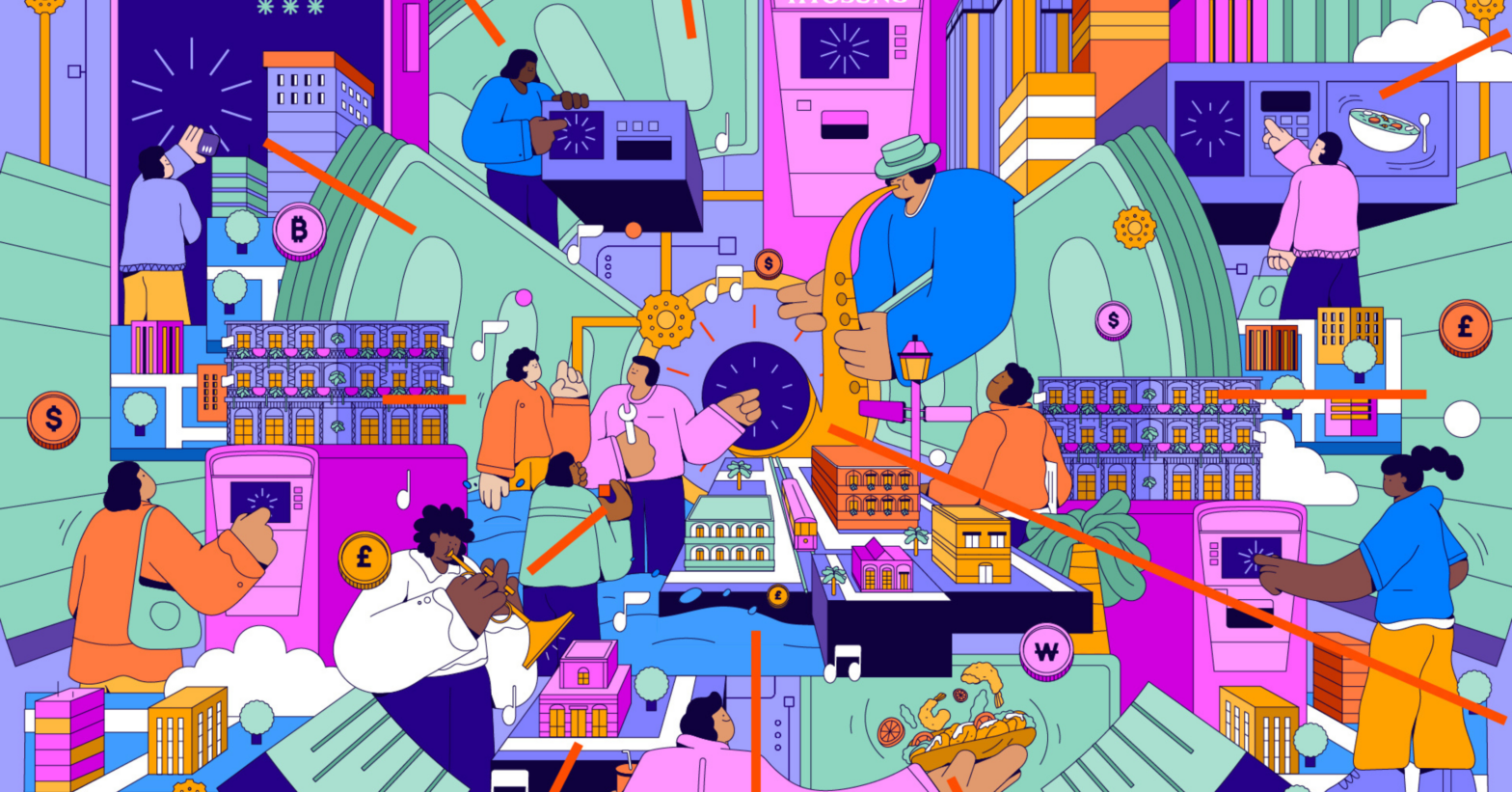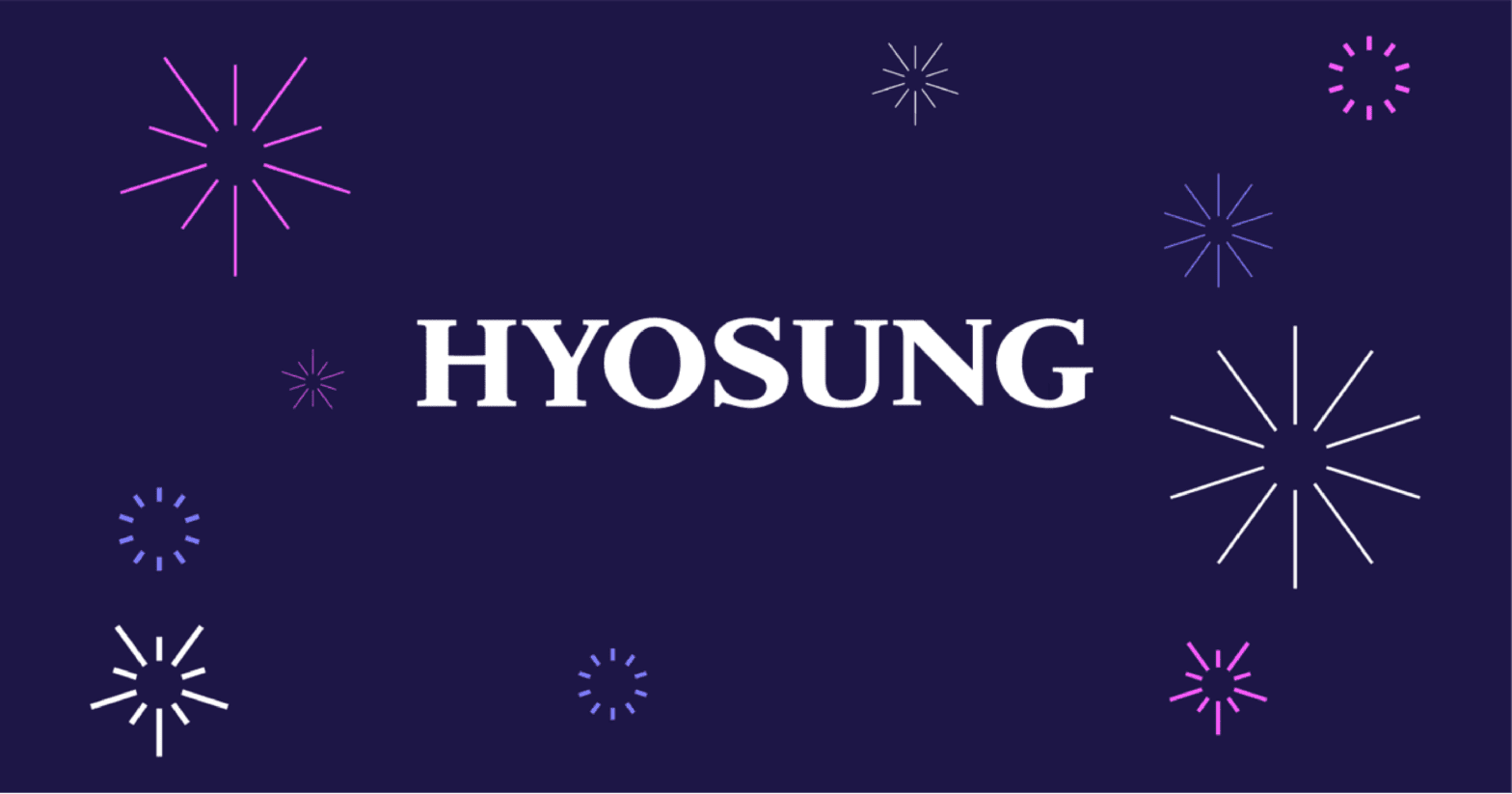All Industry Insights

Hyosung’s Employee of the Month: July
At Hyosung, our success is built on the strength, passion, and dedication of our team—and every month, we recognize someone who goes above and beyond. For July, we’re proud to spotlight Patricia Conway, our Inside Sales Manager, as Employee of the Month. Since joining Hyosung in November 2020, Patricia has brought nearly two decades of […]

Hyosung’s Employee of the Month: June
Each month, we recognize one team member whose work ethic, attitude, and contributions stand out. For June, we’re proud to spotlight Brian Lim, our Production Planning Director, whose commitment to precision, collaboration, and continuous improvement exemplifies what it means to be a Hyosung leader. With nearly four years of service, Brian has not only driven […]

Hyosung’s Employee of the Month: April
At Hyosung, we believe in recognizing individuals who go above and beyond, not just for their team, but for the entire organization. This month, we’re proud to spotlight Tracy Ingalls, our Employee of the Month for April 2025. Known for her incredible work ethic, positive attitude, and commitment to customer satisfaction, Tracy is a true […]
Hyosung’s Employee of the Month: July
Hyosung’s Employee of the Month: June
Hyosung’s Employee of the Month: April
Protecting ATMs from Cyberattacks: Hyosung’s COO Highlights Industry Threats
Hyosung Americas Names Chris King as Chief Revenue Officer to Drive Company Growth
Hyosung Urges Operators of All ATMs to Follow Security Guidance Due to Large-Scale Cyberattacks
Hyosung Americas COO Nancy Daniels Discuss Tariff Changes.
Hyosung’s Employee of the Month: March
Hyosung’s Employee of the Month: February
Hyosung’s Employee of the Month: January
ATM Owners Can Now Add NFC Technology to Hyosung Retail ATMs
Counter Turnover With Cash Automation

Hyosung America Launches New Brand Identity – Hyosung Americas
Hyosung America Launches New Brand Identity – Hyosung Americas DALLAS, January 31, 2023 – Hyosung America today announced “Hyosung Americas,”…

Hyosung’s Employee of the Month: July
At Hyosung, our success is built on the strength, passion, and dedication of our team—and every month, we recognize someone…

Hyosung’s Employee of the Month: June
Each month, we recognize one team member whose work ethic, attitude, and contributions stand out. For June, we’re proud to…

Hyosung’s Employee of the Month: April
At Hyosung, we believe in recognizing individuals who go above and beyond, not just for their team, but for the…

Protecting ATMs from Cyberattacks: Hyosung’s COO Highlights Industry Threats
As physical ATM thefts continue to make headlines, a more dangerous and growing threat has emerged: coordinated cyberattacks on ATM…

Hyosung Americas Names Chris King as Chief Revenue Officer to Drive Company Growth
DALLAS – May 16, 2025 – Hyosung Americas, the North American leader in ATM and payments technology, has promoted Chris…

Hyosung Urges Operators of All ATMs to Follow Security Guidance Due to Large-Scale Cyberattacks
DALLAS, April 25, 2025 — Hyosung Americas, the leading provider of ATMs, urges all ATM owners to immediately implement critical…
Page 1 of 39
